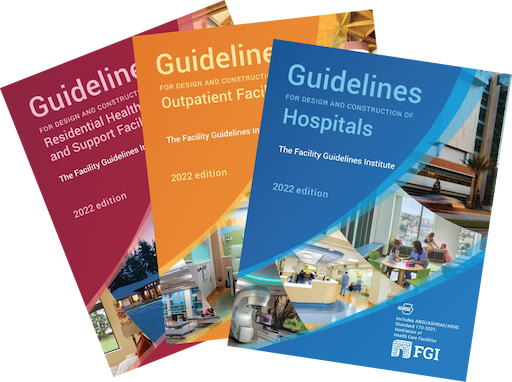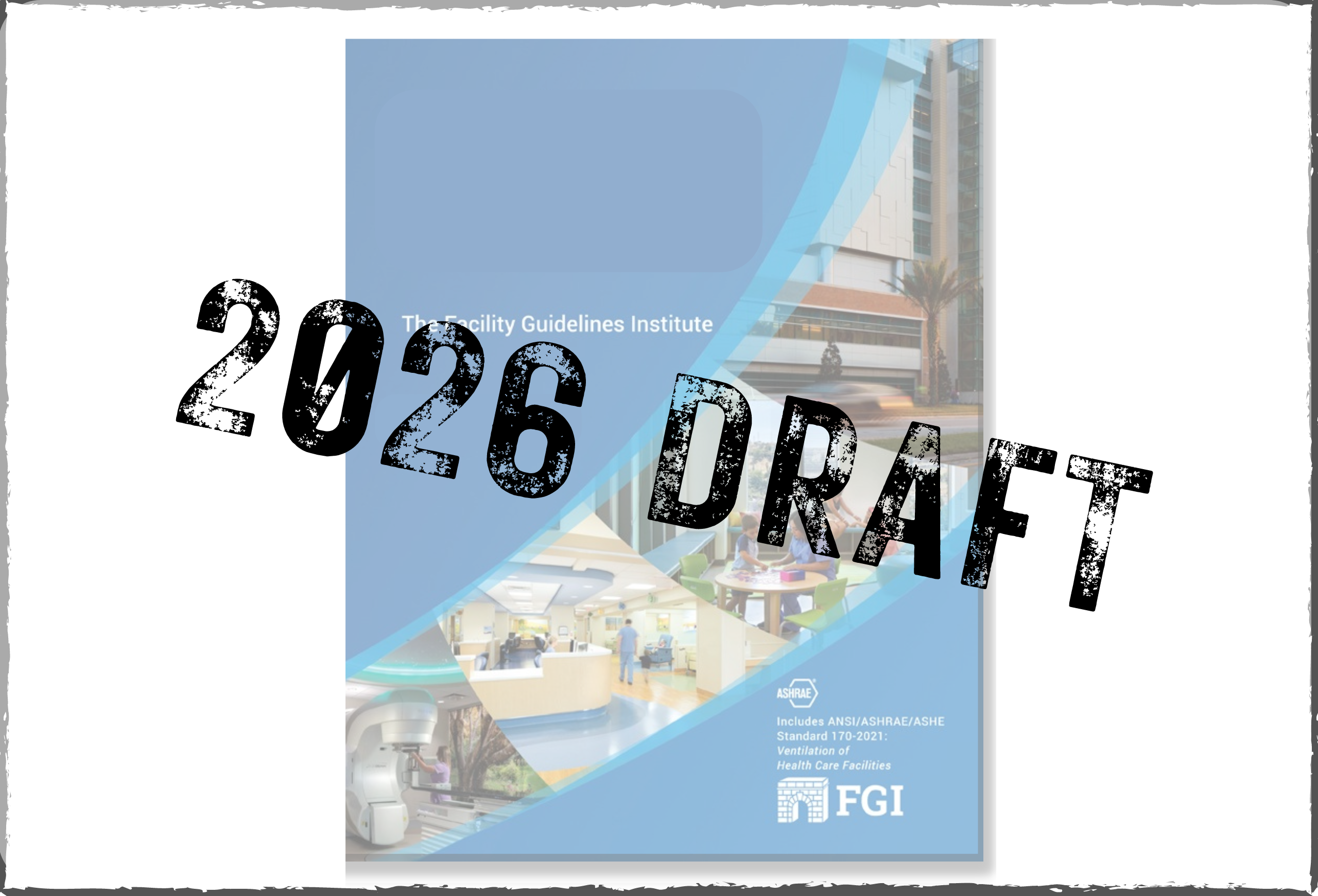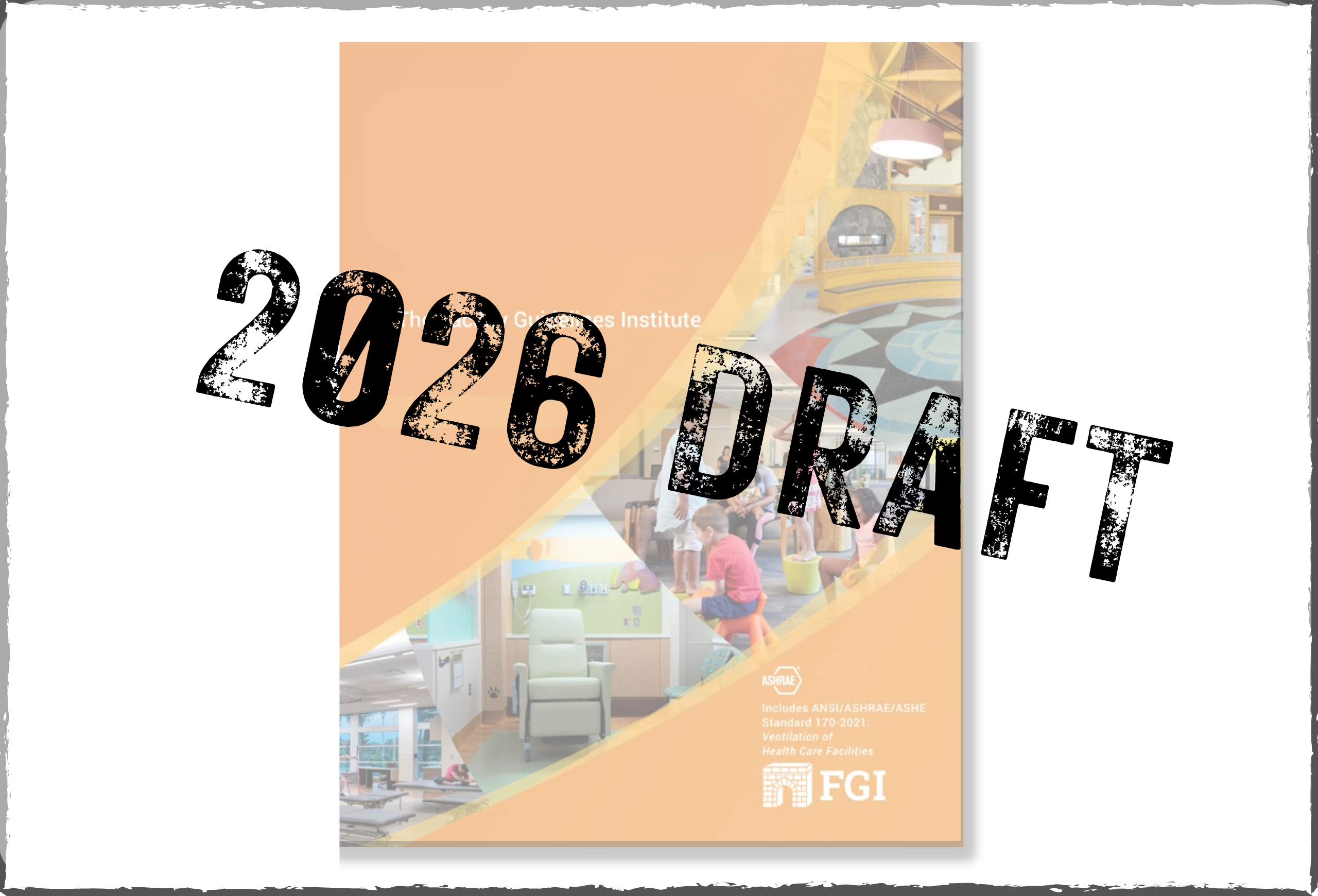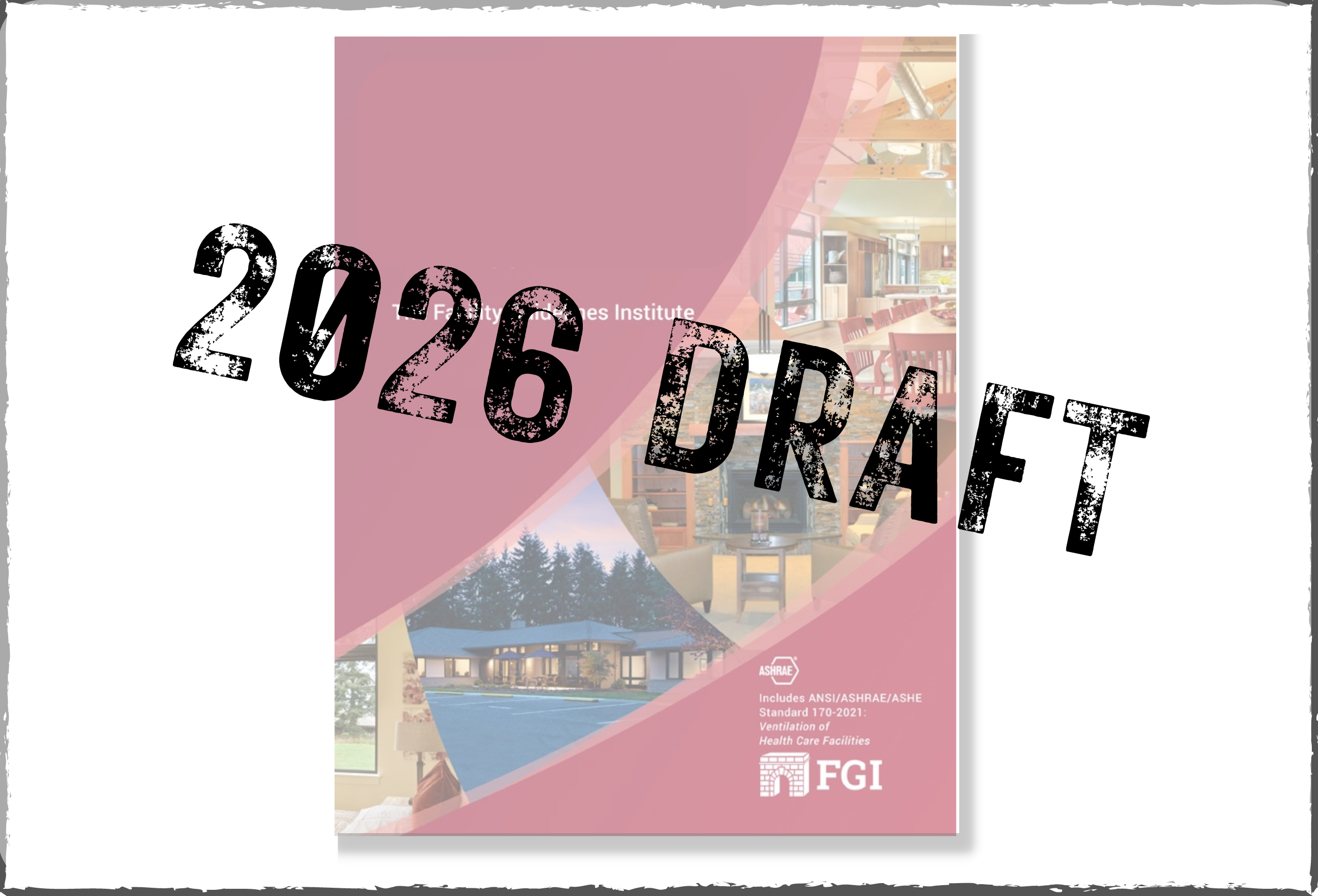Uses of the Guidelines

The Guidelines documents have a wide variety of public and private uses. These include adoption by states for regulatory purposes and other reference in laws, codes, rules, and regulations; use in private self-regulation and standardization of space and equipment requirements; and the promotion of safe practices and methods in planning, design, and construction for various types of health care facilities.
Regulatory Use
Use of the Guidelines or any portion thereof for regulatory purposes should be accomplished through adoption by reference. The term “adoption by reference” means citing title, edition, and publishing information only. Any deletions, additions, and changes desired by the adopting authority should be noted separately in the adopting instrument.
The Guidelines documents are intended to be suitable for use by all care and service providers, though it is recognized that some health care services may be provided in facilities not subject to licensure or regulation. These standards assume that appropriate architectural and engineering practices and compliance with applicable codes will be observed as part of normal professional service.
When the Guidelines documents are used as regulation, latitude should be granted in complying with the requirements as long as the health and safety of the facility’s occupants will not be compromised. Design innovation should be encouraged and authorities having jurisdiction should grant exceptions where the intent of the standard is met.
Code Language in the Guidelines
For clarity and adoptability, these standards are presented in “code language.” When the Guidelines documents are adopted by an authority having jurisdiction, design and construction must conform to the requirements of the Guidelines.
The main body of the Guidelines documents contain fundamental requirements, indicated by the use of “shall” language.
The appendix of the Guidelines documents contain explanatory or educational material associated with a fundamental requirement in the main body of the Guidelines. Appendix text, which uses “should” rather than “shall” language, is neither written nor intended to be a fundamental requirement.
Where the word “Reserved” appears in the Guidelines, a requirement should not be inferred. “Reserved” is used to help standardize numbering of the text and is not intended as a placeholder for a specific requirement.
Use with Other Codes
The Guidelines documents address certain details of construction and engineering that are important for facility design and construction, but they are neither intended to be all-inclusive nor used to the exclusion of other guidance or codes.
- Local codes. For aspects of design and construction not included in the Guidelines, local governing building and licensing codes apply.
- Model codes. Where there is no local governing building code, the prevailing model code used in the relevant geographic area is specified for all requirements not delineated in the Guidelines.
AHJ (Authority Having Jurisdiction) Certification
Some projects may be subject to the regulations of several different jurisdictions, including local, state, and federal authorities. While coordination efforts have been made, the Guidelines may not always be consistent with all applicable codes, rules, and regulations. Therefore, it is essential that individual project requirements be verified for compliance with all AHJs having jurisdiction over a project. Where requirements appear to be conflicting or contradictory, the AHJ with primary responsibility for resolution should be consulted.






